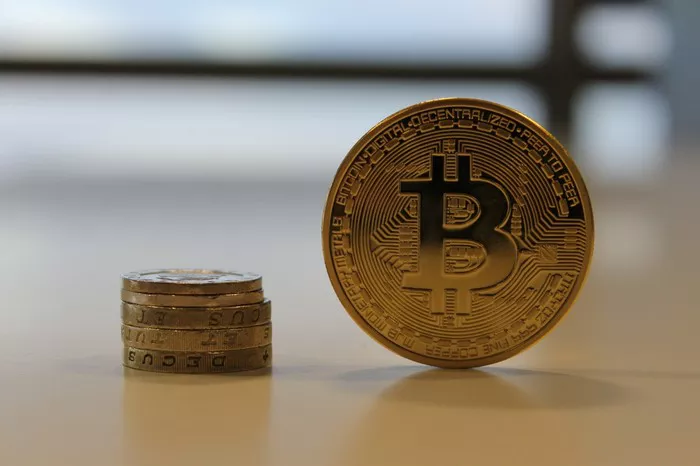The Japanese yen strengthened during Asian trading on Friday, recovering from a four-week low against the US dollar. The rebound was driven by short-covering, where traders closed out bearish positions.
Despite the gains, the yen remains on track for its third consecutive weekly decline. Market sentiment has shifted as expectations for a Bank of Japan (BOJ) interest rate hike in June have faded. Meanwhile, global risk appetite improved amid progress in US trade negotiations.
USD/JPY Dips as Yen Rebounds
The USD/JPY pair fell 0.3% to 145.46, retreating from an April 10 high of 146.18. Over the week, the yen has lost 0.5% against the dollar, extending its losing streak.
BOJ Delays Inflation Target Timeline
The Bank of Japan now expects inflation to reach its 2% target by the second half of 2026, nearly a year later than its January forecast. BOJ Governor Kazuo Ueda acknowledged the delay, signaling a cautious approach to monetary policy.
As a result, market pricing suggests less than a 25% chance of a 0.25% rate hike in June.
US-UK Trade Deal Eases Tariffs
The US and UK announced a new trade agreement, marking the first major deal under the current US administration. Under the terms, the 10% base tariffs on UK goods will remain, but additional duties on British cars will be cut from 25% to 10%. Tariffs on UK steel and aluminum will be eliminated entirely.
In return, the UK will reduce tariffs on select US goods from 51% to 1.8%. The deal also includes increased imports of US beef and ethanol, expected to rise by $5 billion annually.
US-China Trade Talks in Focus
Following the UK agreement, former President Donald Trump indicated that negotiations with China could resume by the end of the week. A potential deal may lead to a reduction in the 145% tariffs currently imposed on Chinese goods.
US Treasury Secretary Scott Bessent is set to meet Chinese trade officials in Switzerland on Sunday. Sources cited by the New York Post suggest the US may slash tariffs on Chinese imports by more than half.
Conclusion
While the yen saw a temporary rebound, persistent dovish signals from the BOJ and improving risk sentiment continue to weigh on the currency. Trade developments between the US, UK, and China remain key drivers for global markets, with potential tariff reductions likely to influence future currency movements.
Related topics:































